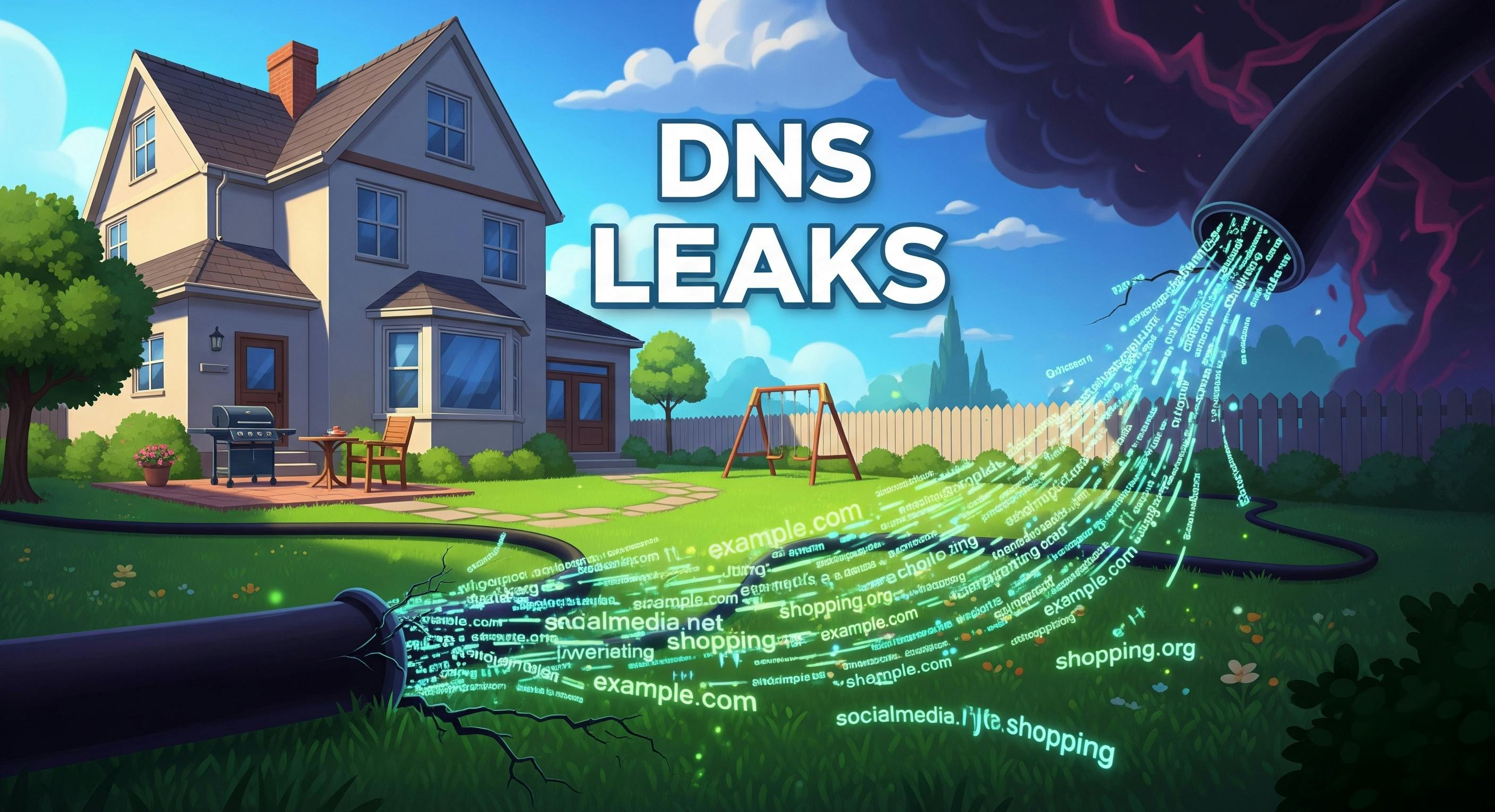
"The DNS is the phonebook of the Internet, translating human-readable domain names into machine-readable IP addresses. However, its fundamental design contains a critical flaw."
"Developed in 1983, DNS transmits queries and responses in plaintext without encryption, allowing any third party, particularly ISPs, to easily intercept and read DNS requests."
"In today’s world where data is currency and surveillance is a business model, the lack of encryption in DNS exposes user privacy more than ever."
"While we take measures like installing privacy screens and using encrypted messaging apps, using DNS exposes our Internet activity to anyone listening."
The Domain Name System (DNS) is essential for Internet usability, translating domain names into IP addresses. However, its design from 1983 does not include encryption, leaving it vulnerable to surveillance. ISPs, which typically serve as the default recursive resolver, can exploit this design flaw to monitor users’ online activity. This article highlights that while individuals adopt various privacy measures, the inherent lack of privacy in DNS requests remains a significant issue in the digital landscape.
Read at Hackernoon
Unable to calculate read time
Collection
[
|
...
]